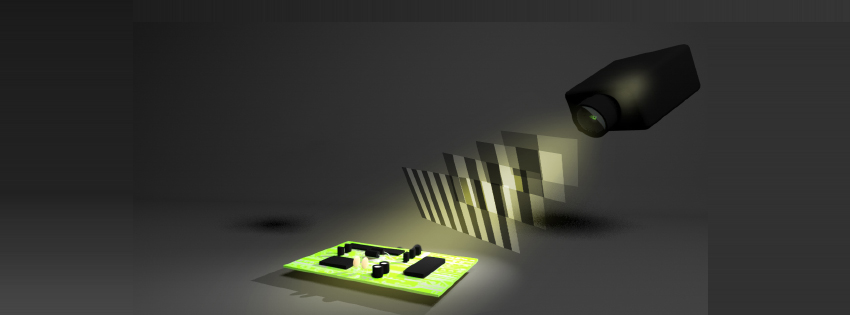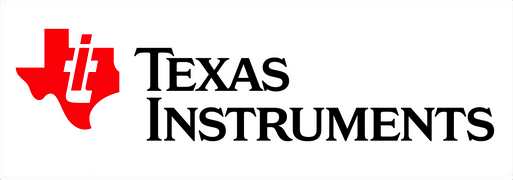DLP-Based Approach
Based on the results obtained with existing implementations of active triangulation, it is apparent that the capabilities of DLP-based systems can overcome many of the current limitations of the existing systems. The key to the DLP-based approach is the capabilities of the digital micromirror device (DMD) central to these systems and the capabilities inherently embedded in the driving hardware and software for the DMD.
A DMD consists of an array of up to millions of tiny micromirrors. The orientations of the mirrors are controlled electronically using a DLP board and can be tilted or returned to the untilted position very quickly and repeatably with high precision, even in highly mobile environments with vibration and motion. The DMDs can be coupled with projectors of different colors to provide rapid, high-resolution, multi-color illumination of an object. The DLP board can be readily programmed to produce a wide variety of illumination patterns with simple, user-friendly software, and by the nature of its operation provides synchronization signals and readily interfaces with other pixelated systems such as cameras. The high precision, high resolution capabilities of the DMD allow DLP-based 3D scanning systems to directly address the limitations of current solutions.
The principal use of the DLP-based system is in the illuminating source, and its interaction with the sensor and processing system. The flexibility and resolution of the DMD allow it to quickly display a variety of patterns with very high resolution in a multitude of colors. The size and content of the pattern used to interrogate the object being modeled can be varied rapidly and easily from the DLP board to optimize the data collection process, particularly in terms of resolution and depth of field. In addition, patterns of different colors can sequentially illuminate the object so that areas of poor resolution or accuracy that appear for one color can be supplemented by other colors where higher resolution or accuracy is available. The signaling and synchronization capabilities inherent in the DLP board allow the sensor system to be integrated and tightly coupled with operation of the illuminating source, which allows the system to operate at higher frame rates.
Due to the unique capabilities of the DMD and its controlling DLP board, the DLP-based 3D Scanning approach has significant advantages over traditional approaches, including:
- DMDs have very high resolution due to small mirror sizes, which provides greater resolution in the patterns used to illuminate the object to be modeled.
- DMDs coupled to light sources of different colors can be used to rapidly interrogate the object using several different wavelengths so that the effects of color on accuracy can be reduced or eliminated, and color encoding can be used to enhance the information contained in the collected data.
- The operation of the DMD can be adapted in real time to produce patterns of different types and different resolutions. This allows the system to adapt the interrogation parameters to the application and operating conditions.
- The DLP can be used to rapidly display calibration patterns prior to data collection, which allows rapid, automatic calibration of the system, including synchronization of the source and sensor, which greatly reduces set up time and makes the system highly resistant to source of error.
- The DLP DMD is programmable, which provides the user a high degree of flexibility when using the device, and allows the one device to perform a wide range of functions, rather than requiring many different devices or having to replace parts and recalibrate an existing device to perform these functions.


